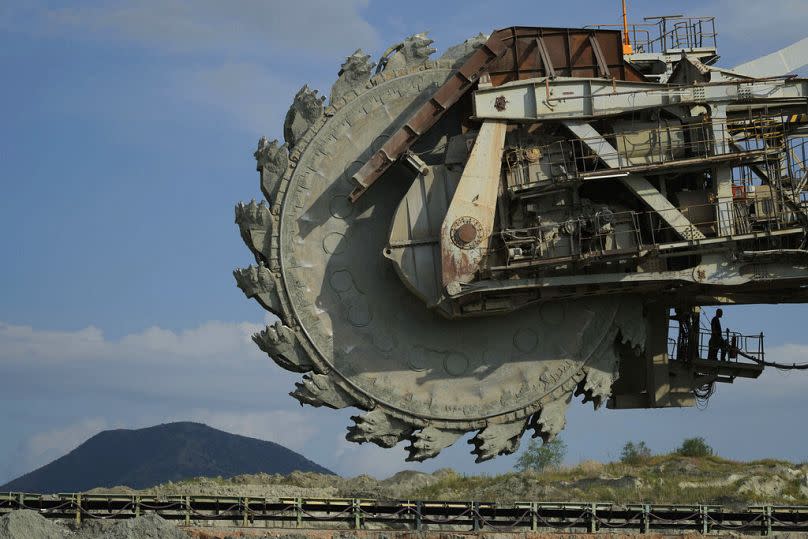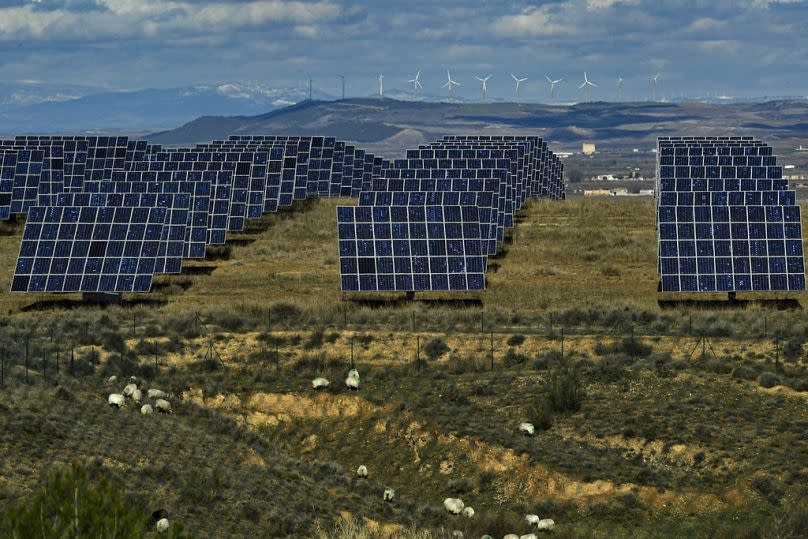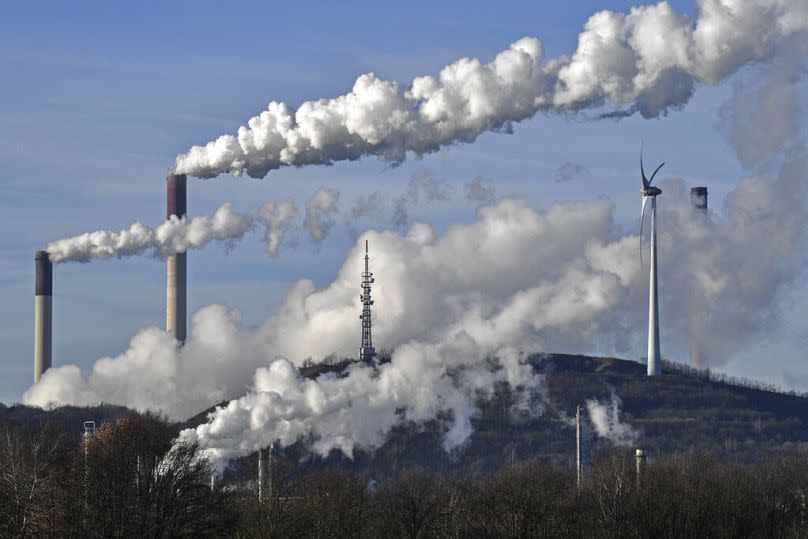Shuttered coal power plants can find a second life as clean energy hubs

The global transition from fossil to clean energy is well underway in Europe. Since 2012, coal-fired generation in the EU has dropped by almost a third while renewable power has increased from 14.2% to 23% of total generation.
By 2021, Belgium, Austria, Sweden and Portugal had entirely stopped burning coal to generate electricity.
This trend will only continue: by 2030, around half of European coal power plants are expected to be retired with most European countries planning to fully phase out coal before 2040.
These legacy coal assets offer an opportunity. Instead of abandoning coal-generating sites, many are good candidates for conversion to clean energy hubs where the large tracts of land and existing grid connections can rapidly connect renewable capacity without the need for new transmission infrastructure.
The writing is on the wall: Coal generators will be retired
In 2022, Europe’s top ten carbon emitters were all coal power plants, collectively responsible for 13% of total EU emissions.
The faster Europe can get off coal power, the better. However, it is important to recognise that coal has long played a critical role in the global energy system by providing consistent and reliable, if polluting, baseload power.
One of the key challenges in the energy transition is to make renewable energy baseload energy to fully replace coal generation.

While natural gas has acted as a lower-carbon “bridge fuel” in some cases, the EU needs to rapidly pivot away from both coal and gas to safeguard the climate and ensure energy security following the Russian invasion of Ukraine.
With the addition of energy storage, it is now possible to use renewable energy as baseload energy, fully replacing fossil fuels with wind and solar power. As coal-fired plants are decommissioned, they leave behind assets which are adaptable by renewable energy developers.
These include significant real estate, which is frequently degraded and difficult to transition to non-industrial use, and existing transmission infrastructure that can be readily used to transmit clean electrons.
In addition, these regions are frequently already home to a strong energy-focused workforce that can be readily retrained on new technologies.
Hubs popping up across the globe
Forward-thinking energy companies are seizing this opportunity. In Eastern Germany, energy generator LEAG is constructing Europe’s largest clean energy hub centred in Boxberg.
Currently home to an open cast lignite mine and coal-fired power station, LEAG will transition existing coal infrastructure to clean energy, installing up to 14 gigawatts of wind and solar generation, and 2-3 gigawatt hours of long-duration energy storage (LDES).

The Boxberg power station currently burns 50,000 tonnes of lignite coal daily, creating 20 million tonnes of CO2 emissions annually. This will be replaced by a renewable hub capable of delivering green baseload energy.
Similar projects have been announced elsewhere around the globe. In Australia, coal power stations are slated to close in 2038 which has led to a push to similarly convert Australia’s ageing coal-fired power plants into clean energy centres.
‘Unprecedented collapse’ in EU coal and gas electricity generation last year, report reveals
Rapid coal phase-out in the Western Balkans is far from impossible
For example, the Queensland government’s Stanwell Power Station will be replaced with a multi-phase clean energy development including renewable generation and LDES. The project aims to bring a large battery installation online later this decade.
New technologies are the linchpin to the coal-to-clean transition
Since 2010, the cost of deploying wind and solar energy has declined substantially. Today, they are among the lowest-cost options for new-generation capacity. However, until recently, the inherent intermittency of wind and solar has limited their ability to replace baseload energy generation.
Now, new LDES technologies can store and discharge larger quantities of energy over longer periods than earlier battery types, making it possible to store clean energy when available to use when needed.

This means that the lights still come on, and EVs still charge, even when the sun is not shining and the wind is not blowing.
Many of these new LDES technologies also come with better safety performance and lower environmental impacts than incumbent lithium-ion battery technology.
Long duration energy storage is an imperative for Europe's industrial decarbonisation
Europe's largest energy storage facility begins operations in Belgium
One example, slated for deployment at both the LEAG and Stanwell sites, is iron flow technology, manufactured by ESS, which relies upon iron, salt and water for electrolytes.
These abundant materials can be sourced from a broad, flexible supply chain and provide a safe and sustainable alternative to other battery chemistries.
The clean energy renaissance
Clean energy hubs show a path forward from coal’s decline to a thriving clean energy economy.
At ESS, we are proud to work with pioneers like LEAG and Stanwell who are creating a blueprint for the clean energy future.
But this transition will not happen in a vacuum. Governments and regulators should recognise the opportunities, and also the significant challenges associated with the conversion of legacy coal plants to clean energy hubs.
It will be critical to provide sufficient incentives and market mechanisms to enable that transition.
In the US and other jurisdictions worldwide, recent legislative and regulatory action is now supporting the pioneers who adopt new technology, with mechanisms that reduce risk and provide financial support to the kinds of ambitious projects needed to rapidly decarbonise the energy sector.
With the right policy and regulatory framework, the blueprint provided by LEAG and Stanwell can be replicated at coal sites worldwide to accelerate clean energy deployments, meet ambitious carbon targets, and build a clean energy future.
Eric Dresselhuys is CEO of ESS Inc., a long-duration energy storage solutions company.
At Euronews, we believe all views matter. Contact us at view@euronews.com to send pitches or submissions and be part of the conversation.

 Yahoo News
Yahoo News 
